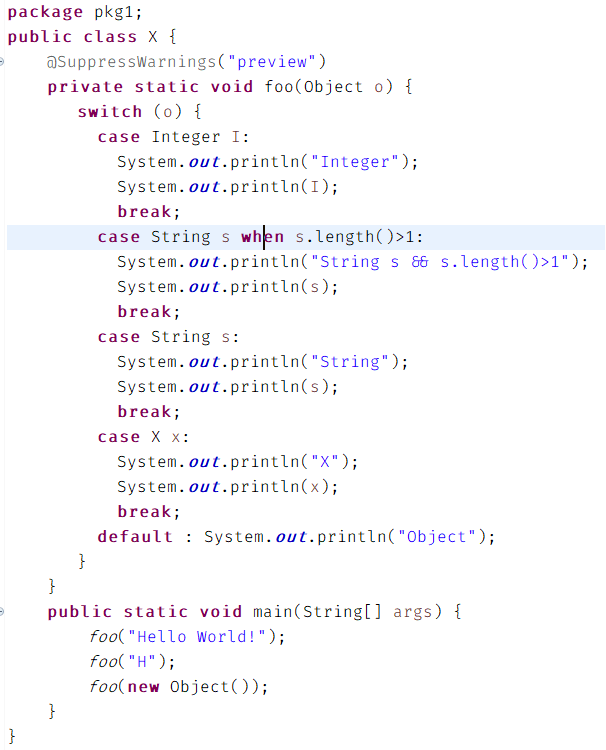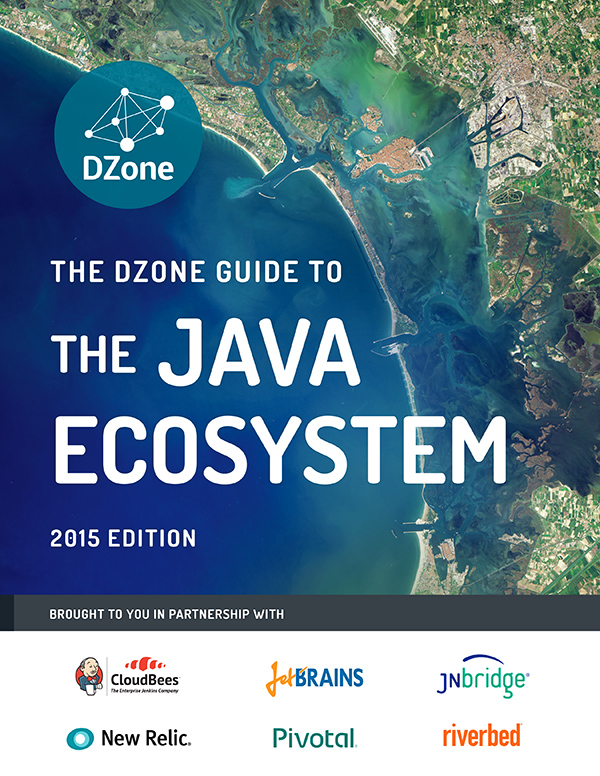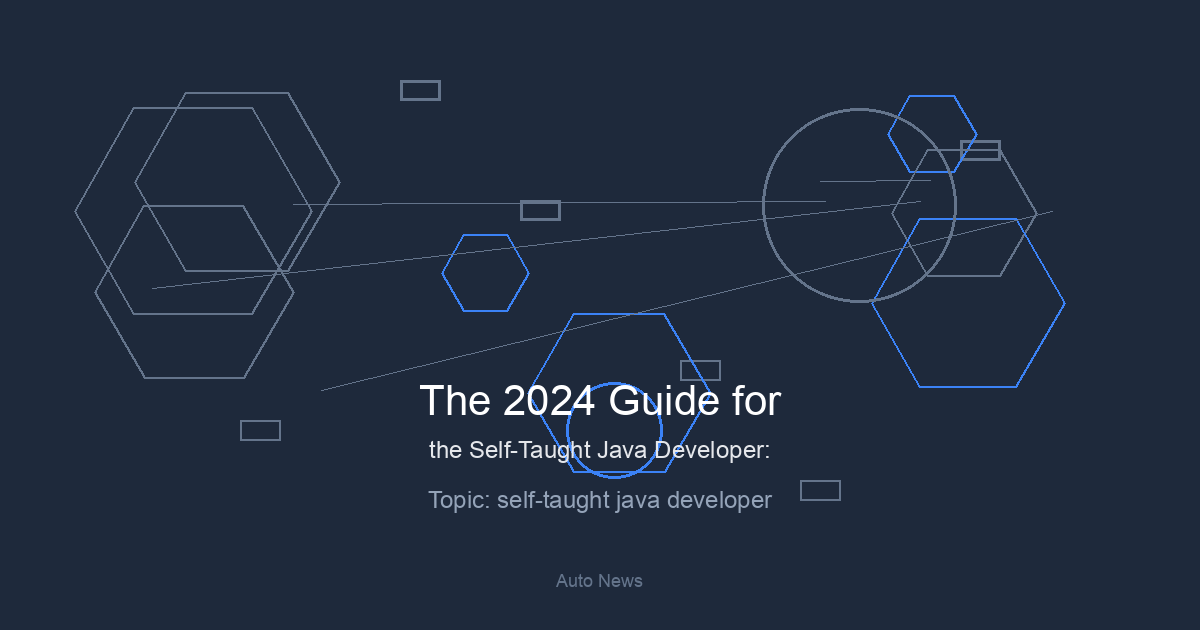The journey of a self-taught developer is both challenging and immensely rewarding. In a tech landscape that’s constantly evolving, choosing the right language and ecosystem is a critical first step. For decades, Java has been a cornerstone of enterprise software, and today, it’s more vibrant, modern, and accessible than ever. This makes it a fantastic choice for those forging their own path. This article is your comprehensive guide to the latest Java self-taught news, covering the essential concepts, modern frameworks, and cutting-edge developments you need to know to succeed. We’ll move beyond outdated tutorials and dive into the current state of the Java ecosystem news, providing practical code examples and actionable Java wisdom tips news to accelerate your learning and prepare you for the professional world. Whether you’re just starting or looking to update your skills, this is your roadmap to mastering modern Java.
Mastering Modern Java: Core Concepts for the Self-Taught Developer
The first and most important piece of Java news for any aspiring developer is this: the language has evolved significantly. While many online resources are still stuck on older versions, the professional world is rapidly adopting modern Java. Staying current with Java SE news is not just an advantage; it’s a necessity.
Beyond Java 8: Embracing Modern Syntax and Features
For years, Java 8 news dominated the conversation with its introduction of Lambdas and Streams. While these are still fundamental, the ecosystem has moved on. The current Long-Term Support (LTS) version is Java 21, and it, along with predecessors like Java 11 and Java 17, introduced features that make the language more concise and expressive. One of the most impactful features for day-to-day coding is Records (JEP 395), introduced in Java 16. Records are immutable data carriers that drastically reduce the boilerplate code required for creating simple data objects (POJOs).
Instead of writing a class with private final fields, a constructor, getters, equals(), hashCode(), and toString(), you can declare it in a single line. This is a game-changer for productivity and code readability.
// Modern Java with a Record
// This single line generates a final class with private final fields,
// a canonical constructor, getters, equals(), hashCode(), and toString().
public record Product(String id, String name, double price) {}
// Usage of the record
public class Store {
public static void main(String[] args) {
Product laptop = new Product("SKU123", "SuperFast Laptop", 1499.99);
// Accessor methods are generated automatically (e.g., laptop.id())
System.out.println("Product ID: " + laptop.id());
System.out.println("Product Name: " + laptop.name());
// The generated toString() provides a clean output
System.out.println(laptop);
}
}The Power of Streams and Functional Programming
The Stream API, introduced in Java 8, remains a cornerstone of modern Java development. It allows you to process collections of data in a declarative, functional style. For a self-taught developer, mastering streams is non-negotiable. It enables you to write cleaner, more readable, and often more efficient code for data manipulation compared to traditional loops. Let’s combine our Product record with the Stream API to perform a common e-commerce task: finding all expensive products and extracting their names.
import java.util.List;
import java.util.stream.Collectors;
public record Product(String id, String name, double price) {}
public class ProductService {
public static void main(String[] args) {
List<Product> products = List.of(
new Product("SKU123", "SuperFast Laptop", 1499.99),
new Product("SKU456", "Wireless Mouse", 75.50),
new Product("SKU789", "4K Monitor", 899.99),
new Product("SKU101", "Mechanical Keyboard", 150.00)
);
// Use the Stream API to filter, map, and collect data
List<String> expensiveProductNames = products.stream() // 1. Create a stream
.filter(p -> p.price() > 500.00) // 2. Filter for products with price > 500
.map(Product::name) // 3. Map each product to its name
.collect(Collectors.toList()); // 4. Collect the results into a new list
System.out.println("Expensive Products: " + expensiveProductNames);
// Output: Expensive Products: [SuperFast Laptop, 4K Monitor]
}
}Building Real-World Applications: The Modern Java Stack
Knowing the Java language is only half the battle. To be job-ready, you must understand the ecosystem of frameworks and tools that power professional applications. The latest Java EE news, now evolved into Jakarta EE news, sets the standards for enterprise applications, but for most new projects, a more opinionated framework is the starting point.

The Unstoppable Duo: Spring Boot and Build Tools
The most significant Spring news for any newcomer is the dominance of Spring Boot. It simplifies the creation of stand-alone, production-grade Spring-based applications that you can “just run.” It removes the heavy configuration burden of the past and allows you to build web APIs and microservices in minutes. To manage your project’s dependencies (like Spring Boot itself), you’ll use a build tool. Staying updated on Maven news and Gradle news is wise, as they are the two industry standards for building Java projects.
Here’s how incredibly simple it is to create a REST API endpoint with Spring Boot:
import org.springframework.boot.SpringApplication;
import org.springframework.boot.autoconfigure.SpringBootApplication;
import org.springframework.web.bind.annotation.GetMapping;
import org.springframework.web.bind.annotation.RequestParam;
import org.springframework.web.bind.annotation.RestController;
// @SpringBootApplication is a convenience annotation that adds:
// @Configuration, @EnableAutoConfiguration, @ComponentScan
@SpringBootApplication
public class MyWebAppApplication {
public static void main(String[] args) {
SpringApplication.run(MyWebAppApplication.class, args);
}
}
@RestController
class GreetingController {
// This method handles HTTP GET requests to /hello
@GetMapping("/hello")
public String sayHello(@RequestParam(value = "name", defaultValue = "World") String name) {
// Returns a simple string as the response body
return String.format("Hello, %s!", name);
}
}
// To run this:
// 1. You need a Maven/Gradle project with Spring Boot Web dependency.
// 2. Run the MyWebAppApplication main method.
// 3. Open a browser and go to http://localhost:8080/hello?name=JavaDeveloperData Persistence with JPA and Hibernate
Nearly every application needs to interact with a database. In the Java world, the Java Persistence API (JPA), part of the Jakarta EE standard, defines the specification for Object-Relational Mapping (ORM). ORM is a technique that lets you work with your database tables using regular Java objects. The most popular implementation of JPA is Hibernate. Keeping an eye on Hibernate news is crucial as it frequently adds performance improvements and new features for data handling.
The Cutting Edge: What’s Next in the Java Ecosystem?
A successful self-taught developer is always looking ahead. The Java platform is innovating at a breakneck pace, with several exciting projects poised to redefine how we write concurrent and high-performance applications. This is where the most exciting JVM news is happening.
The Concurrency Revolution: Project Loom and Virtual Threads
Perhaps the most significant development in the last decade is Project Loom news. Stabilized in Java 21 news, Project Loom introduced virtual threads to the JVM. Historically, Java threads were mapped 1:1 to operating system threads, which are a scarce and heavy resource. This made it difficult to scale applications with high I/O operations (like web servers handling many requests). The latest Java concurrency news is that virtual threads are extremely lightweight threads managed by the JVM, not the OS. You can create millions of them without breaking a sweat. This dramatically simplifies writing highly concurrent code. The latest Java virtual threads news and Java structured concurrency news are topics you must follow.
import java.time.Duration;
import java.util.stream.IntStream;
public class VirtualThreadsDemo {
public static void main(String[] args) throws InterruptedException {
// Create and start 1,000,000 virtual threads
// This would be impossible with traditional platform threads
long startTime = System.currentTimeMillis();
IntStream.range(0, 1_000_000).forEach(i -> {
// Thread.ofVirtual().start() is the new way to create virtual threads
Thread.ofVirtual().start(() -> {
try {
// Simulate a non-blocking task like a network call
Thread.sleep(Duration.ofSeconds(1));
} catch (InterruptedException e) {
// Handle exception
}
});
});
long endTime = System.currentTimeMillis();
System.out.println("Time to start 1,000,000 virtual threads: " + (endTime - startTime) + " ms");
// The main thread waits here to allow virtual threads to run
Thread.sleep(Duration.ofSeconds(2));
}
}The Rise of AI, Reactive Programming, and More
The Java ecosystem is also embracing the AI revolution. The latest Spring AI news shows how the Spring framework is integrating with models like OpenAI’s GPT and other platforms, making it easier to build AI-powered applications. Libraries like LangChain4j news are also bringing the power of Large Language Models (LLMs) to the Java world. Alongside AI, Reactive Java news continues to be relevant for building resilient, scalable systems using frameworks like Project Reactor and RxJava. Other forward-looking developments to watch include Project Panama news, which aims to improve connections between Java and native code, and Project Valhalla news, which is focused on bringing more flexible and performant data types to the JVM.

Best Practices and Essential Tooling for Success
Writing code is one thing; writing professional, maintainable, and robust code is another. A self-taught developer must be disciplined in adopting best practices from day one.
Writing Testable Code with JUnit and Mockito
You are not a professional developer until you can write tests for your code. Period. Automated testing is non-negotiable. The industry standards are JUnit for the testing framework and Mockito for creating mock objects to isolate units of code. Following JUnit news and Mockito news will keep you updated on the best ways to ensure your code is reliable and bug-free. Learning to write clean, testable code is a critical skill that will set you apart.
Choosing Your JVM: Demystifying the Options
When you download Java, you’re downloading a Java Development Kit (JDK), which includes the Java Virtual Machine (JVM). You might be confused by the different “flavors” of Java. The key is to understand OpenJDK news, as OpenJDK is the open-source reference implementation of the Java SE Platform. Most other JDKs are builds of OpenJDK with some additions or commercial support. Popular choices include:

- Oracle Java news: Provides commercial support and long-term security updates.
- Adoptium news (Eclipse Temurin): A completely open-source, community-led build of OpenJDK. A very popular choice for developers.
- Azul Zulu news, Amazon Corretto news, and BellSoft Liberica news: Other popular OpenJDK builds, often with performance optimizations or specific cloud integrations.
For a self-taught developer, starting with Eclipse Temurin from Adoptium is a safe and excellent choice.
Java Wisdom: Avoiding Common Pitfalls
Part of the learning journey is understanding the common traps. The infamous NullPointerException is the bane of many Java developers. Modern Java encourages using the Optional class to handle potentially null values explicitly, making your code safer. Exploring design patterns like the Null Object pattern news can also help create more robust systems. It’s also vital to focus on Java performance news and Java security news as you build more complex applications. Overcoming the community “Java psyop news” or mindset that Java is old or slow is best done by building fast, modern applications with the tools mentioned here.
Conclusion: Your Journey as a Self-Taught Java Developer
The path of a self-taught Java developer in 2024 is filled with incredible opportunities. The ecosystem is mature, the community is vast, and the language itself is more powerful and developer-friendly than ever. The key takeaways are clear: embrace modern Java (Java 21 and beyond), master the core ecosystem tools like Spring Boot and Maven, and keep a keen eye on the future with developments like Project Loom’s virtual threads. By focusing on practical application, adopting best practices like automated testing, and staying curious about the constant stream of Java news, you can build a successful and fulfilling career. Your next step? Download a modern JDK, fire up a new Spring Boot project, and start building.

